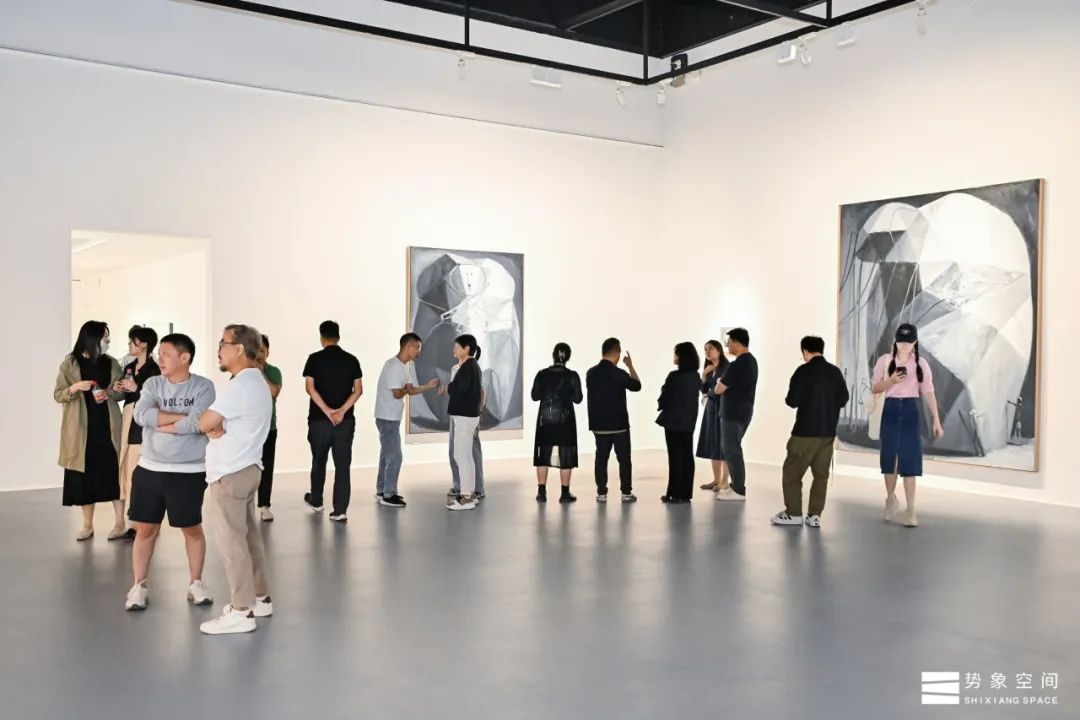
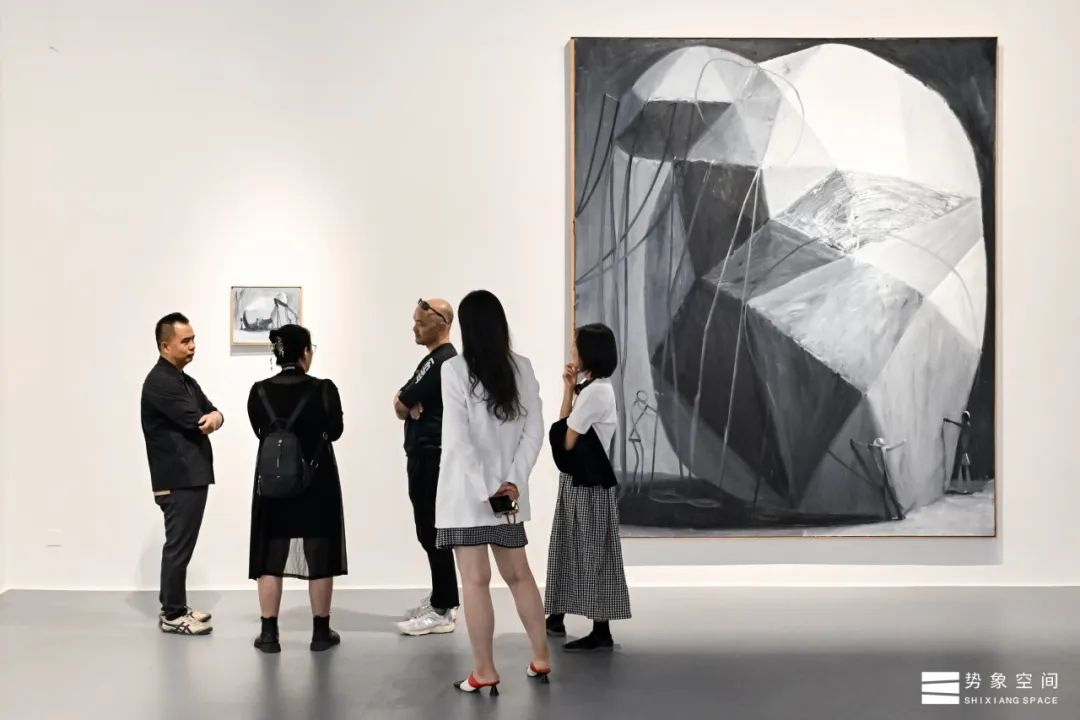
View of the exhibition, Appreciating the Wonderful and Analysing the Doubtful: An exhibition of research into contemporary Chinese art. Image by Shixiang Space
Understand the title before understanding the exhibition …
Encountered with such an exhibition title, one may, if lacking a systematic knowledge reserve of classical culture, probably suspect that the organiser intends to elevate the works with the text and force the retro style to puzzle the audience. As a matter of fact, this kind of text setting is not an obstacle to viewing the exhibition, but rather, provides clarity and enlightenment upon deliberation.
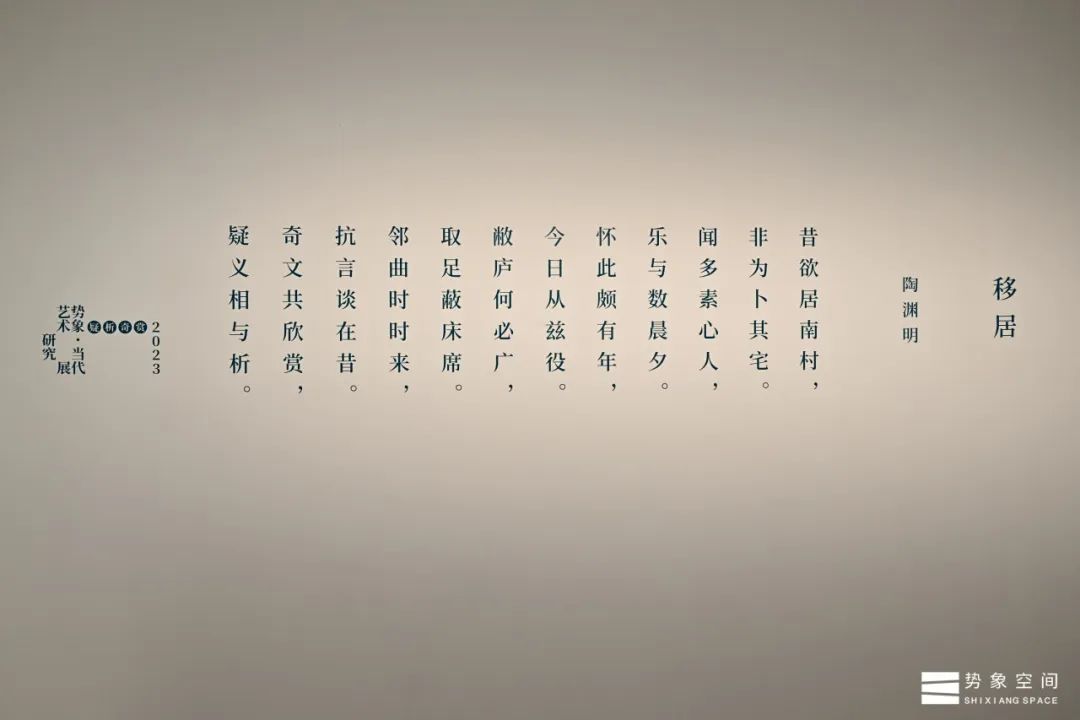
“Moving House I” by Tao Yuanming, presented at the Appreciating the Wonderful and Analysing the Doubtful: An exhibition of research into contemporary Chinese art. Image by Shixiang Space
In the preface of the exhibition, we can learn about the intention of the curator, Li Dajun. In terms of time and space, it extends along two threads respectively, literature and art.
Regarding the thread of literature, there is, first and foremost, the poetic sentiment delivered by Tao Yuanming from over a millennium ago, where the way of learning and friend-making among scholars as “making friends through literature, and enhancing benevolence through friendship” can be grasped. Next, the Chinese idiom of shangqi xiyi, literally “appreciating the wonderful and analysing the doubtful”, which evolved from a poem of Tao Yuanming, enables us to imagine the ancient literati clustering in the idyllic landscape, and debating over the lofty realm of poetry and humanistic ideals.
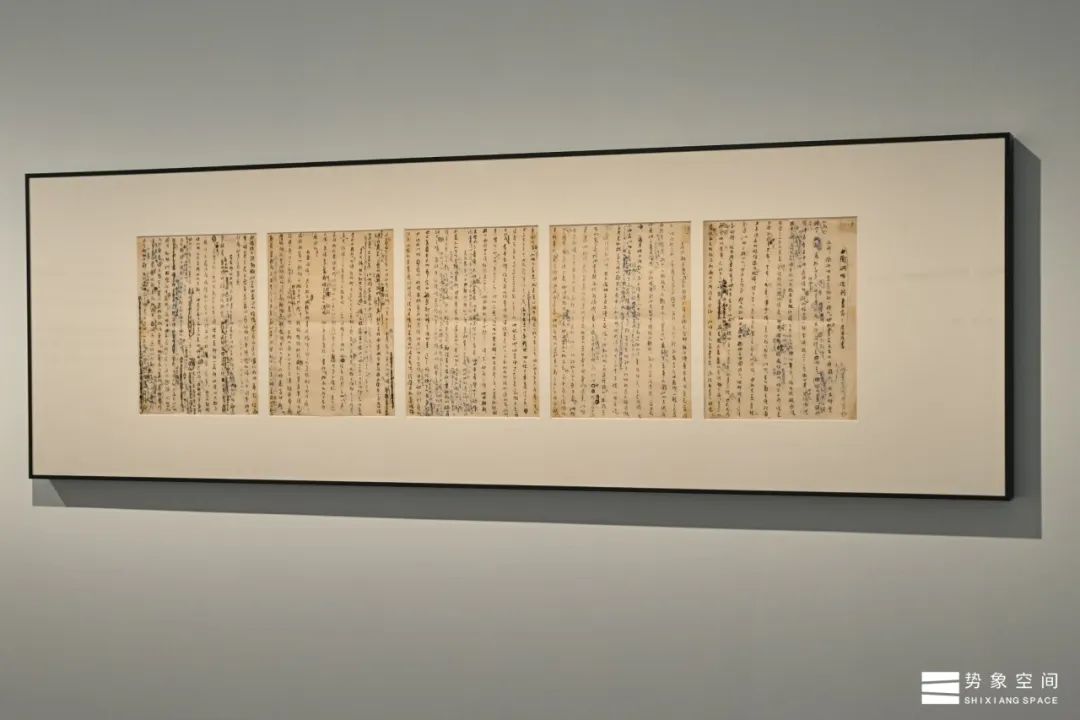
“From Tao Yuanming to Painters I” by Wu Dayu, presented at the Appreciating the Wonderful and Analysing the Doubtful: An exhibition of research into contemporary Chinese art. Image by Shixiang Space
As for the thread of art, the long article, “From Tao Yuanming to Painters”, composed by Wu Dayu in modern times hoists the public recognition of Tao Yuanming from the stereotypical hermit to a sober and determined intellectual in ancient times. Furthermore, Wu celebrates the character of Tao Yuanming in the circle of painters, hoping that the painters will follow suit and carry forward the totemic spirit of Tao Yuanming, thus bringing it from the literary and intellectual world into the narrative of art history.
Does a valid curatorial rationale guarantee matching works?
Thanks to Shixiang Space’s considerable accessibility to the literature of Wu Dayu as well as years of unremitting research, in the author’s opinion, the thread of art is crucial to the rationale of the exhibition. It is fair to say that it directly consolidates the “legitimacy” of the curatorial intention. Such a discovery not only provides sufficient theoretical support for the intervention of traditional literati values in art today, but also adds further evidence to prove that local art is in fact close to classical humanistic ideals.
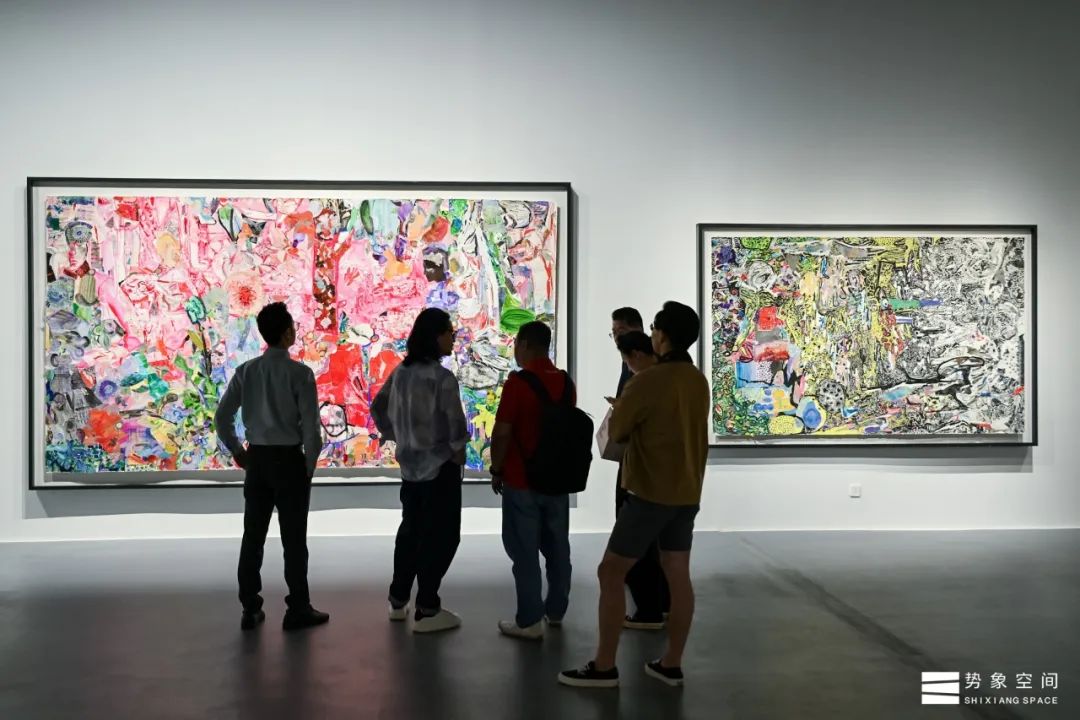

View of the exhibition, Appreciating the Wonderful and Analysing the Doubtful: An exhibition of research into contemporary Chinese art. Image by Shixiang Space
After “analysing” the theoretical basis and connecting the literary spirit and the artistic approach to understand the exhibition, let us turn our attention to the artists and their works to “appreciate the wonderful”. A very intuitive question arises: simply in the visual dimension, how can the participating artists, who use the creative language of contemporary art, easily conform the art pertaining to the creators to the observation and rationality of literature? (To take a step back and explain, since the relationship between the two is established in the curatorial rationale, it must also be able to be reversed, or else the profound exhibition theme will result in the absence of matching works, as in “shooting blanks”.)
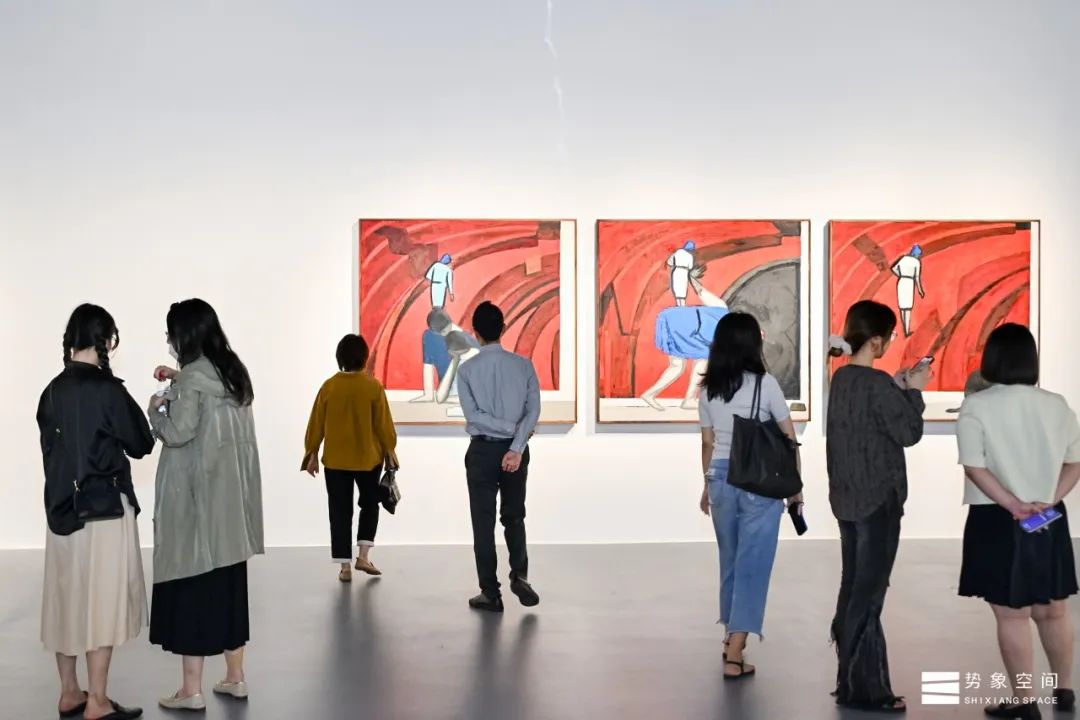
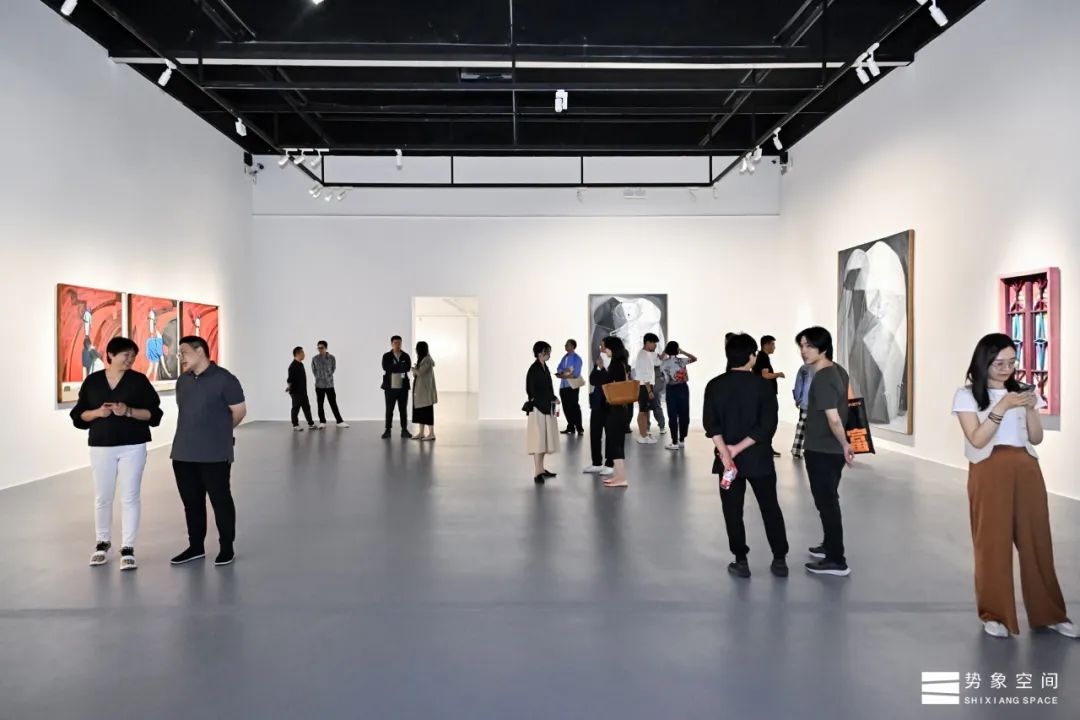
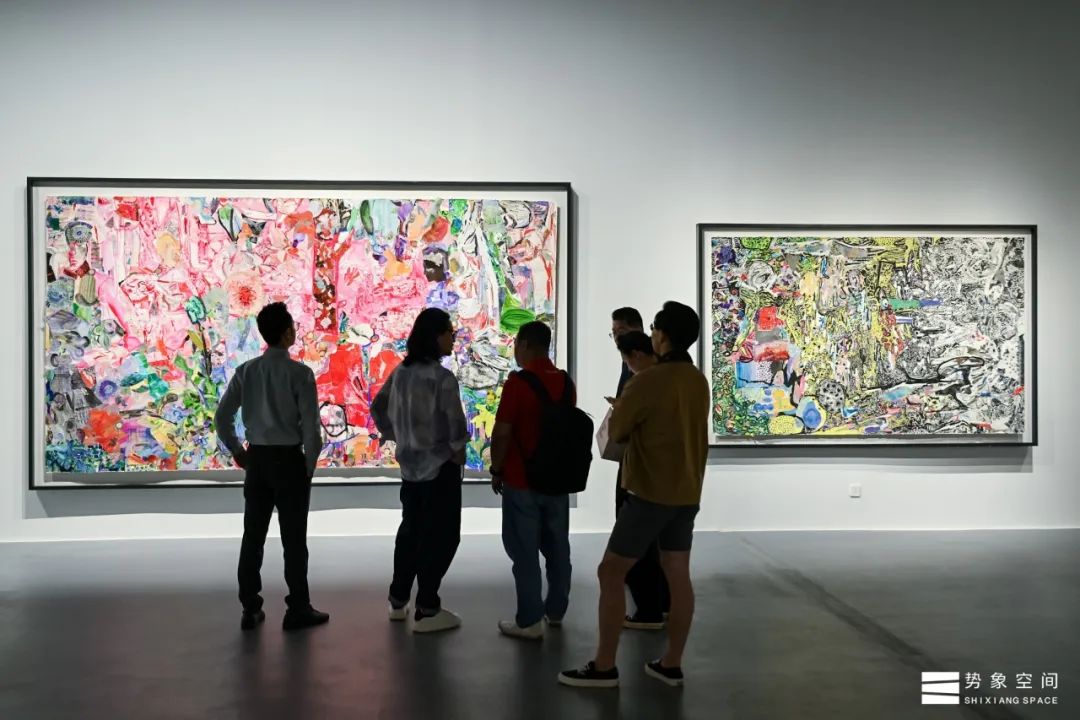
View of the exhibition, Appreciating the Wonderful and Analysing the Doubtful: An exhibition of research into contemporary Chinese art. Image by Shixiang Space
This brings us to the fact that the curator mentions the concept of qi or the literary qi twice in the short preface of the exhibition:
“When I cast my vision to the scene of contemporary art, … I hope to identify artists who are ‘bearing the same qi’ with masters from history such as Tao Yuanming and Wu Dayu” “... Doing good together and improving through learning may well be continuing the literary qi from ancient times.”
According to historical sources and researchers, Cao Pi was the first to apply the concept of qi in literary theory. In his “On Literary Classics”, he proposed that “Literary writing is governed by qi. Either clear or murky, qi determines the temperament of a writer, refined or vulgar, and his talent, high or low. Qi cannot be acquired.” “The literary qi thus manifests the spirit of the creator, although Cao Pi believed that this was a gift of the creator which could not be replicated or taught. From today’s perspective, this undoubtedly reflects re-enchantment.
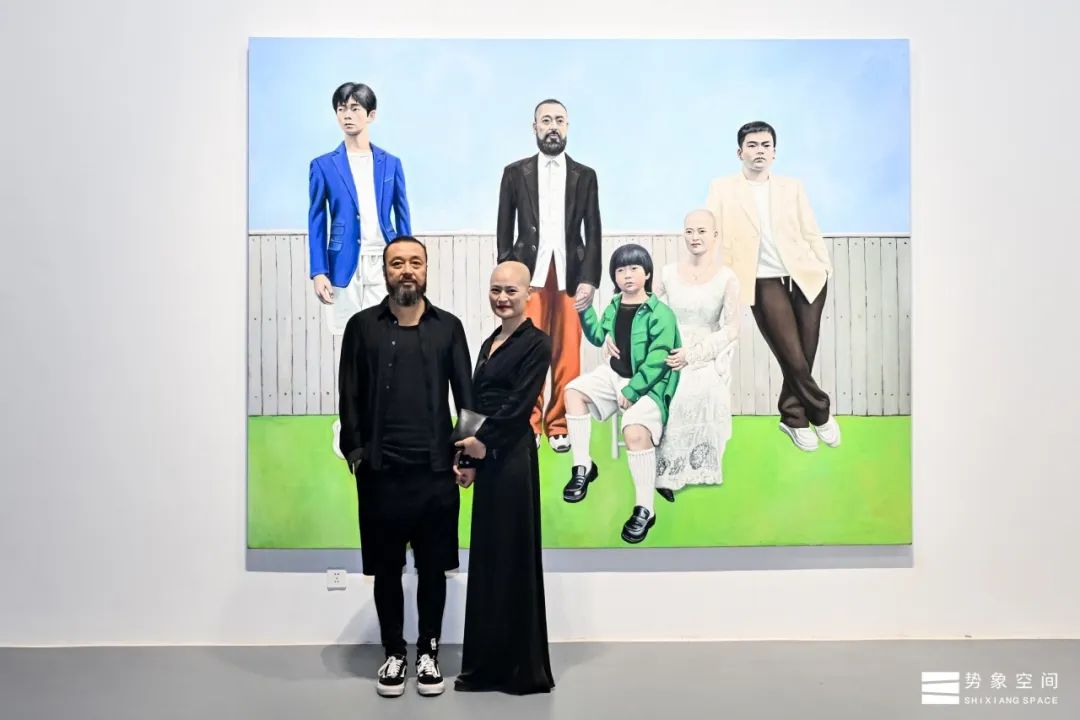
Artists pose in front of their works at the exhibition, Appreciating the Wonderful and Analysing the Doubtful: An exhibition of research into contemporary Chinese art. Image by Shixiang Space
In the Post Wei and Jin Era when Tao Yuanming (CE 365-427) lived, the “literature” tended to deconstruct matters themselves, and the literary theories focused on theoretical forms. Until the era of the Five Dynasties and Ten Kingdoms when Tao Yuanming passed away, the development of literary theories in the two Jin dynasties (the guiding significance of literary theories is undoubtedly crucial to the creators of “literature”) had already evolved to believe that qi was not restricted to gifted talent, but could also be changed and improved through learning and cultivation in later life, which in the context of today is exactly an act of de-enchanting the qi.
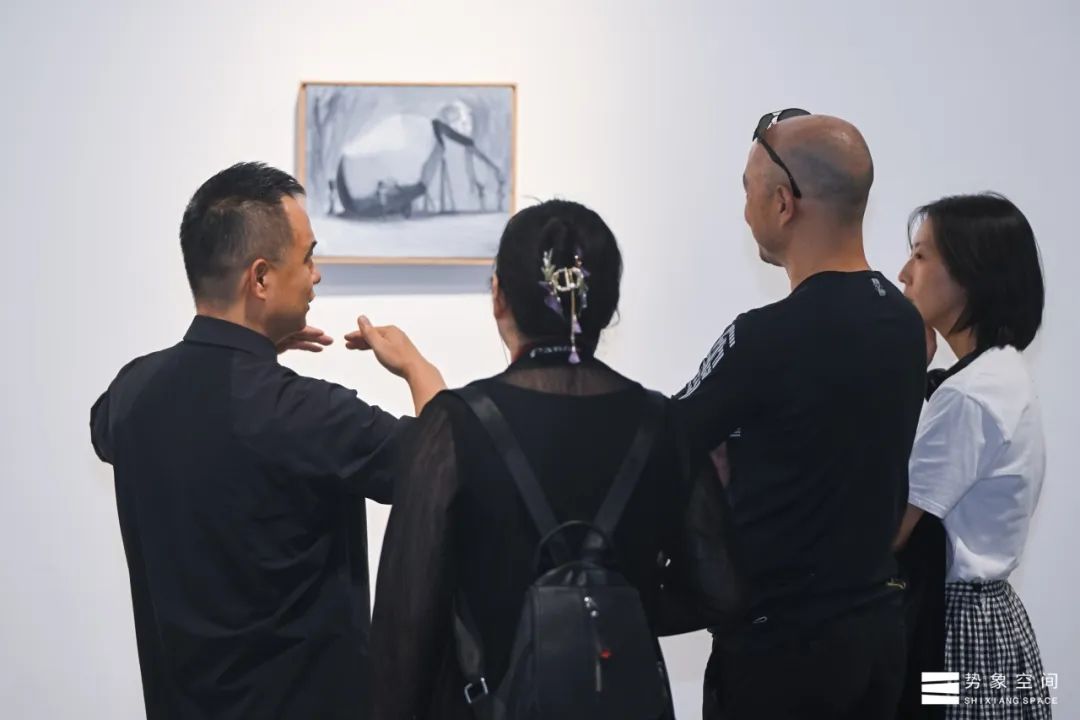
View of the exhibition, Appreciating the Wonderful and Analysing the Doubtful: An exhibition of research into contemporary Chinese art. Image by Shixiang Space
The re-enchantment and de-enchantment, I believe to some extent, coincide with how people imagine the development of contemporary art creation today. Similarly, back to the exhibition, the curator is very rational in choosing the artists’ works. He revealed frankly that the qualification considered both systematic academic background, and years of market validation plus approach to creation, among others. Another question arises: what is the direction of research on successful artists? Is it the science of success? Obviously not.
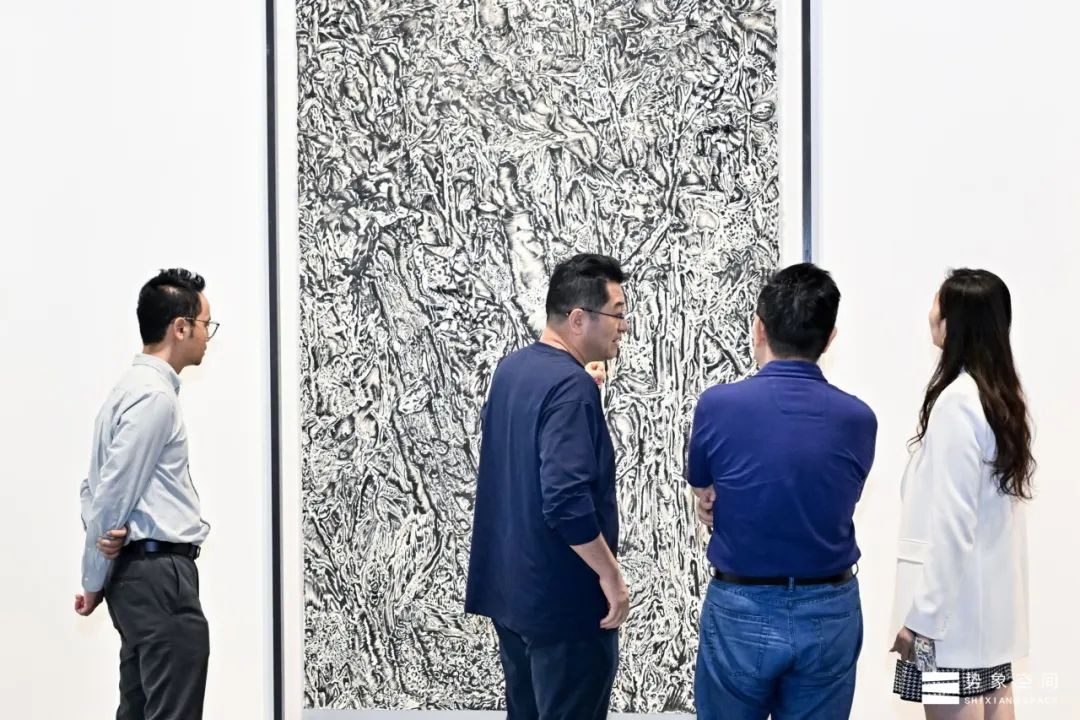
View of the exhibition, Appreciating the Wonderful and Analysing the Doubtful: An exhibition of research into contemporary Chinese art. Image by Shixiang Space
The unbearable heaviness of the “literary lineage”: Detaching from reality
What is expected from this exhibition is that the artists who have been “selected” and embarked on the “right path” today may converse with the past masters in terms of the spirit and character, or continue such conversations. Regarding the pragmatic motives, whether on creation or curatorial “research”, the creators born on the same Eastern soil and inheriting the paradigm of thinking, spiritual expression and aesthetic, thus also as the “inheritors” in the temporal sense, are expected to carry forward the qi, our literary lineage, in the artistic creation in a practical way.
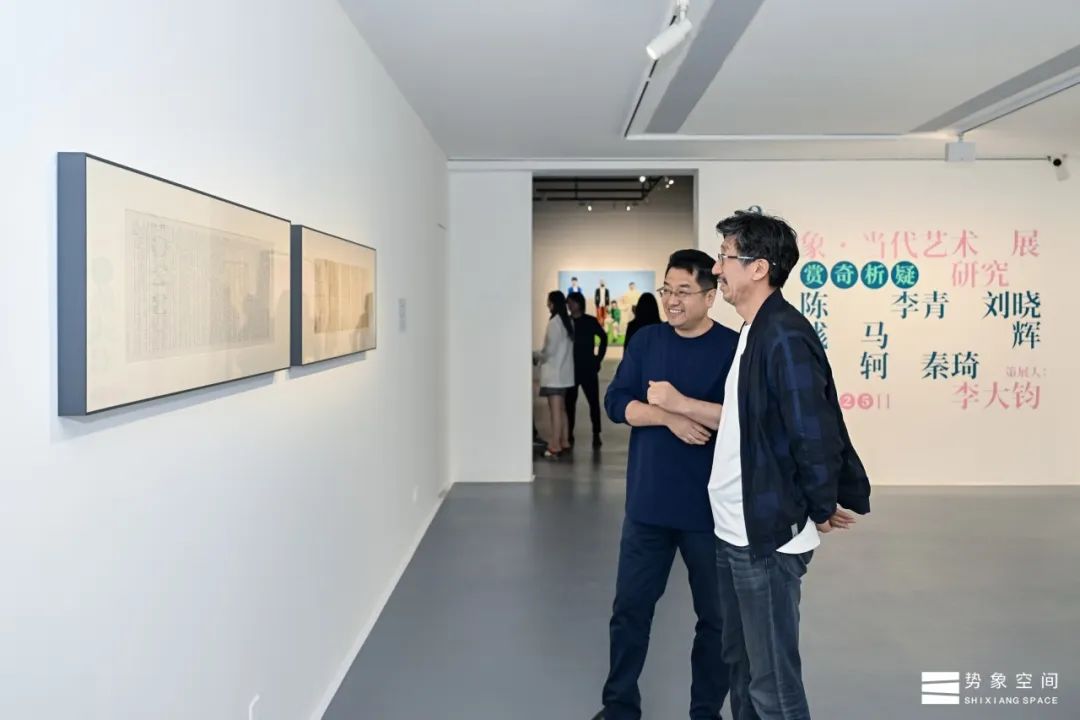
Li Dajun the curator and Wang Xingwei, an artist as audience, at the exhibition, Appreciating the Wonderful and Analysing the Doubtful: An exhibition of research into contemporary Chinese art. Image by Shixiang Space
For many years, there has been an unquenchable force in domestic circles of contemporary art creation and criticism: the hope that the classical Chinese humanistic spirit, research achievements, ideals and values can be logically incorporated as the core for the growth of contemporary art, as defined by the West, in China, thus elevating the academic status of Chinese contemporary art which shall feature growth and even “transcendence” on the premise of a core highlighting indigenous civilisation.
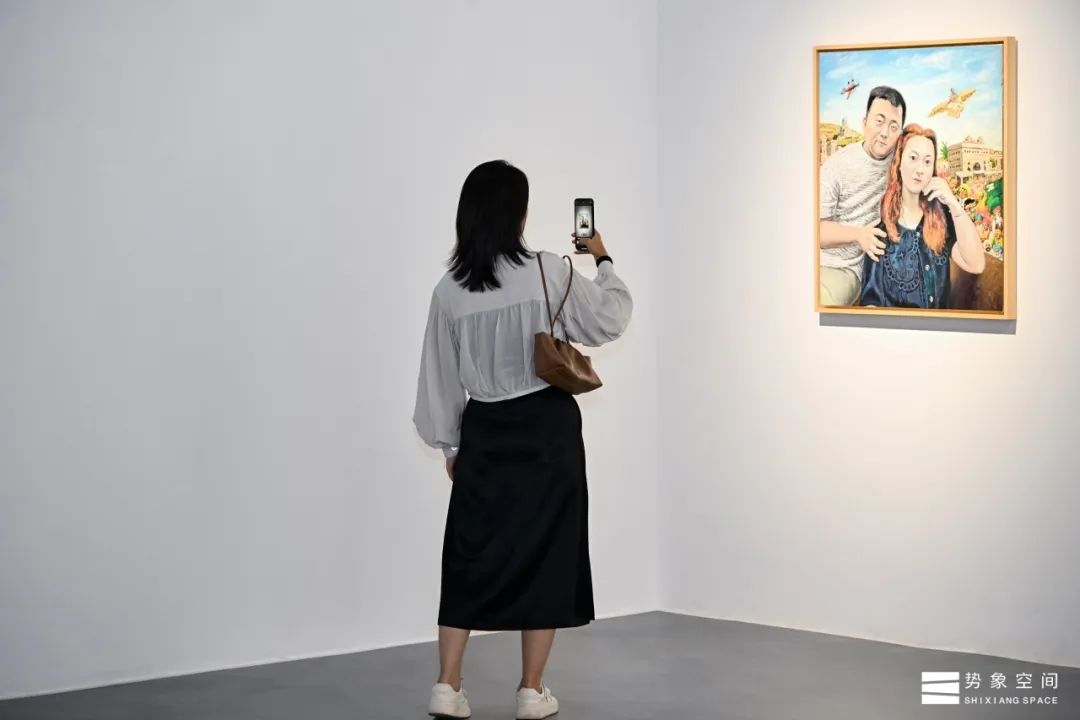
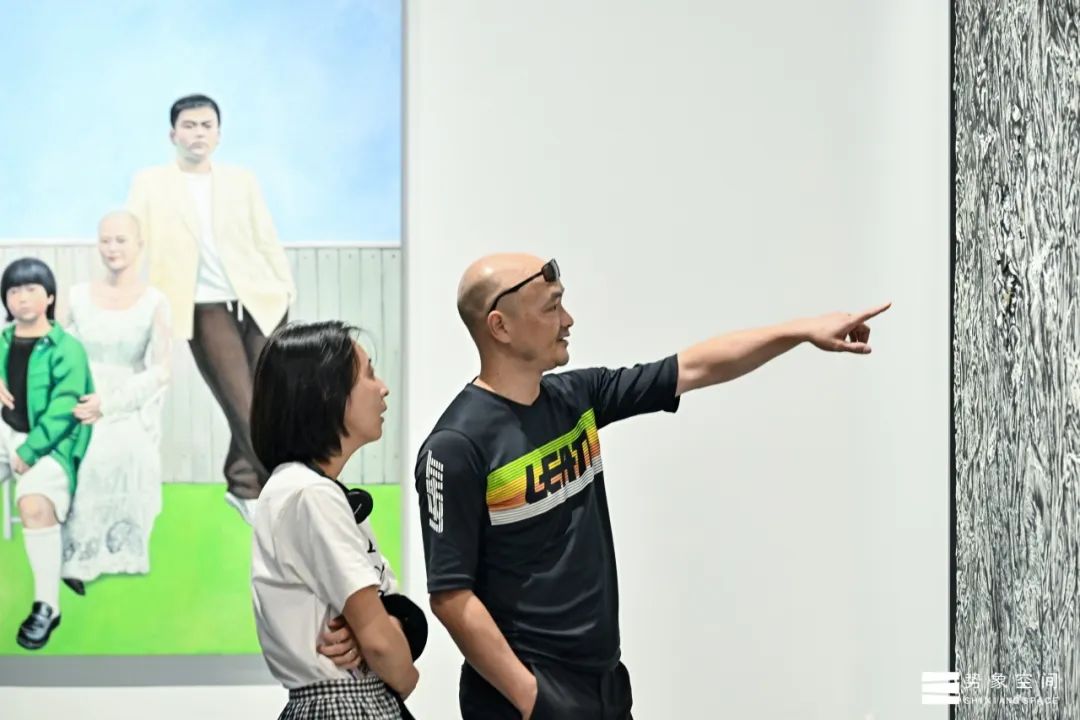
View of the exhibition, Appreciating the Wonderful and Analysing the Doubtful: An exhibition of research into contemporary Chinese art. Image by Shixiang Space
However, the search in this single dimension only and the attempt to revere the past and depreciate the present when comparing the experience between the past and present coincidentally run into a dilemma when there are, in the context of domestic art history, the fault line in modern art creation approach and criticism, and the relative lack of a “generation” of artists. Such a paradox will cause the above hope to fall into the trap of “meaninglessness” in the practical sense to a large extent, thereby losing the “source power” for effective advancement.
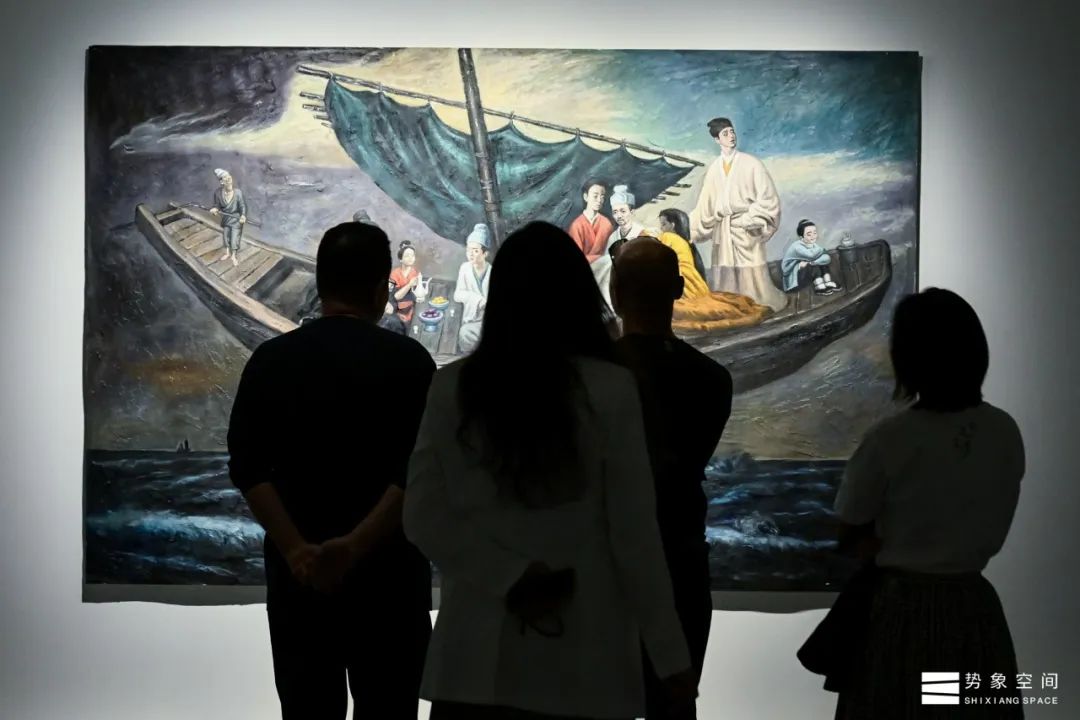
View of the exhibition, Appreciating the Wonderful and Analysing the Doubtful: An exhibition of research into contemporary Chinese art. Image by Shixiang Space
The curatorial core which Shixiang Space centers around represents the doubtless identification of a research direction, which echoes the poem of Tao Yuanming, “I pick fence-side chrysanthemums at will/ And leisurely I see the southern hill.” The concern for contemporary art has put forth a perspective and stance to be called our own. What is most valuable is the literature-based rigorous scholarship and realistic curatorial concepts, which have a very positive significance from both macro and detail-oriented perspectives. Lastly, we hope to see more expansion and progress in this series of exhibition research projects.

